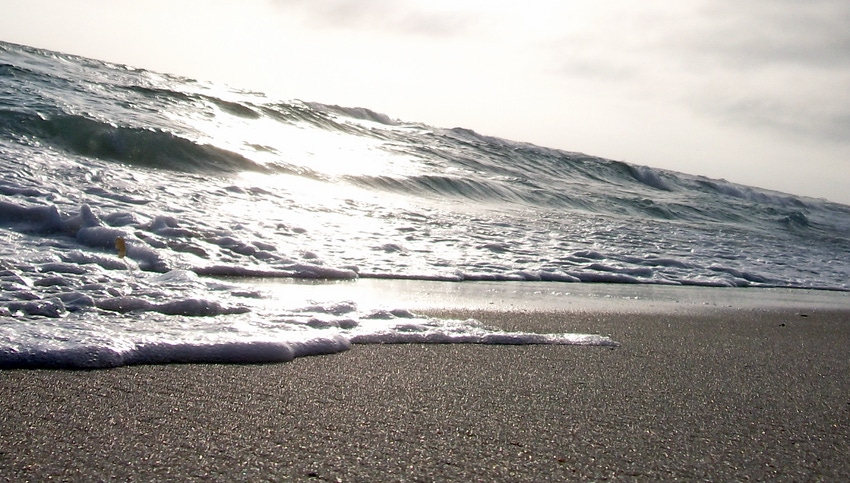
My family is getting ready to go to the beach as I write this, but what I just learned about sand has temporarily halted my prep for the trip.
Sand is scarce. Good sand, that is; sand good for concrete and building the things we like to have, like cities, homes, glass, smart phones and bottles that hold beer. I look around this office and realize I’m surround by sand. Next to air and water, sand is the third most consumed natural resource.
On June 11, 2018, Business Insider published an article that featured Vince Beiser, who wrote a book called The World in a Grain, saying the world uses about 50 billion tons of sand annually. The article notes that not all sand is created equal and that desert sand can’t be used to make much of anything we like. It’s too round. Nicely aged beach, lake or river sand, though, is angular and perfect for piecing together man’s world. Sand extraction is a $70 billion annual global industry.
The BI article also says that China’s gritty hunger for concrete is unmatched in the history of man, and points out between 2011 and 2013, China used more concrete than the U.S did in the entire 20th century.
Sand is so valuable, it’s worth stealing and smuggling.
The BI article says the illegal sand market, or black market, is huge, pointing out that the Sand Mafia is India's strongest criminal organization, generating about $2.3 billion in illegal sand sales annually.
NPR’s Planet Money, a podcast I highly recommend, recently did a piece on sand, reporting that an entire beach in Jamaica was stolen overnight. The thieves used heavy equipment and dump trucks, leaving trenches as deep as 10 feet. The white sand, it is believed, ended up on a private beach resort on the island, which claimed to buy the sand from a legitimate source.
The podcast spoke to a United Nations environmental expert who penned a report called Sand: rarer than one thinks, which says China used to get sand from Vietnam, Thailand and Indonesia but those countries began shrinking due to sand loss. The report says two dozen Indonesian islands no longer exist because the sand from those islands went to Singapore.
Where we live in Georgia, you don’t have to go look for earth’s sand. It’s everywhere. I recall not long ago talking to a farmer who lives in southwest Georgia, but you could hit a golf ball into Florida from his farm. The conversation wandered to summer vacation plans. He has a young family. Headed to the beach? He said, no, no beach for his family.
The farmer and I were standing near a field of peanuts, about 100 acres or so. The soil type for that field would technically be called sandy loamy, but the field would better be characterized as sandy sandy.
“I go to the beach every day during the spring and summer,” he said, joking and pointing to the field, adding that his family typically heads to the mountains for a few days after corn harvest.
Of course, I shouldn’t be surprised about the global sand market, or its legal or extralegal value. Again, as I write this, I gaze at the mighty cost of a simple trip to the beach, and it is evident beachside resorts and hotels are mighty proud of their sand, too.
Good luck. Take care, and thanks for reading.
About the Author(s)
You May Also Like






